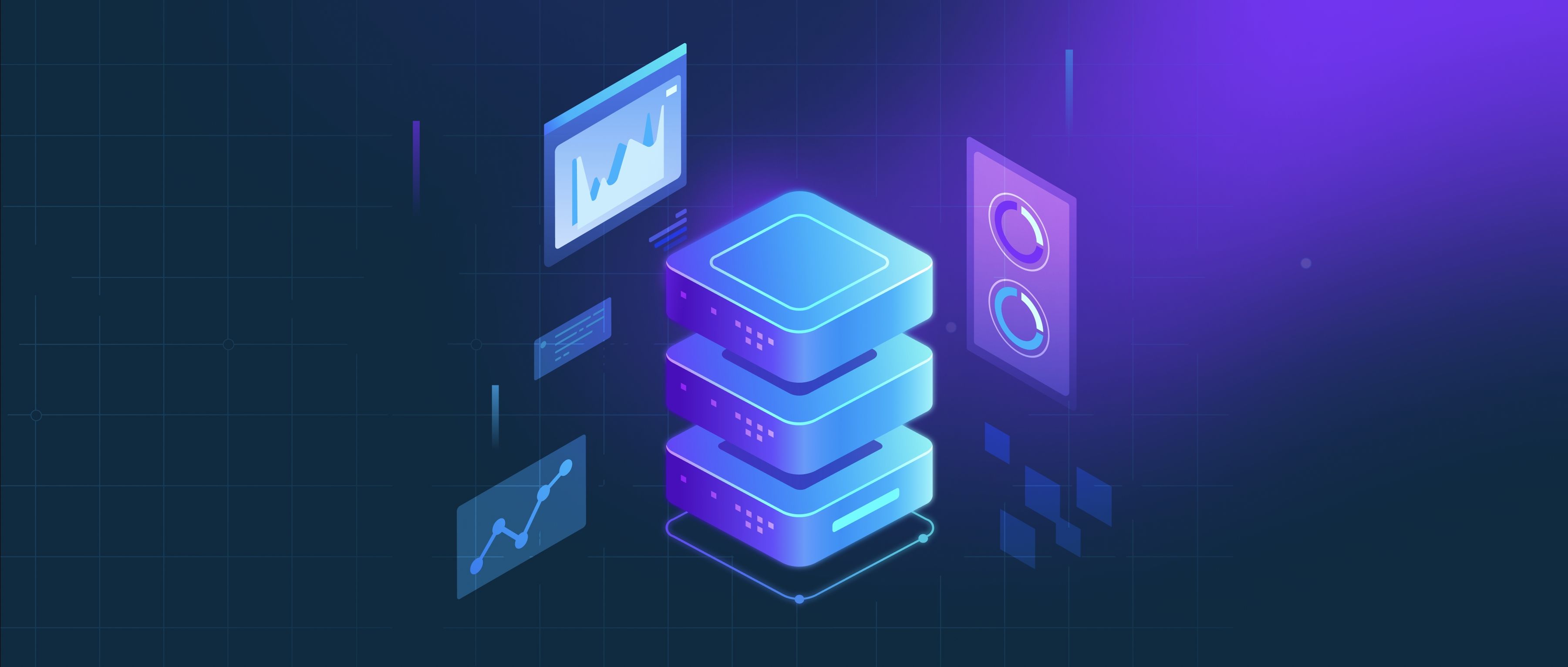Guardrails do not aim to impose censorship but rather to ensure that the LLM’s outputs are safe, ethical, and aligned with community guidelines. While they may block or modify certain harmful or toxic content, their goal is to promote responsible use of the model, not to stifle freedom of expression. For example, if a user requests content that contains hate speech or explicit violence, the guardrails would prevent the model from generating such outputs, but the system would still allow for a wide range of other topics.
However, the line between moderation and censorship can sometimes be blurred. If guardrails are too restrictive, they may unintentionally suppress legitimate conversations or limit creative freedom. It is crucial to define clear boundaries for what constitutes harmful content while allowing room for open dialogue, exploration, and creativity. Guardrails should be transparent in their operation and provide a rationale for why certain content is blocked or modified, which helps maintain trust in the system.
Ideally, guardrails function as a safeguard to maintain a healthy environment for users, not as a means of silencing ideas. Developers should ensure that the filtering criteria are fair, consistent, and based on a well-defined ethical framework, avoiding overreach that might limit the breadth of the model’s outputs.
